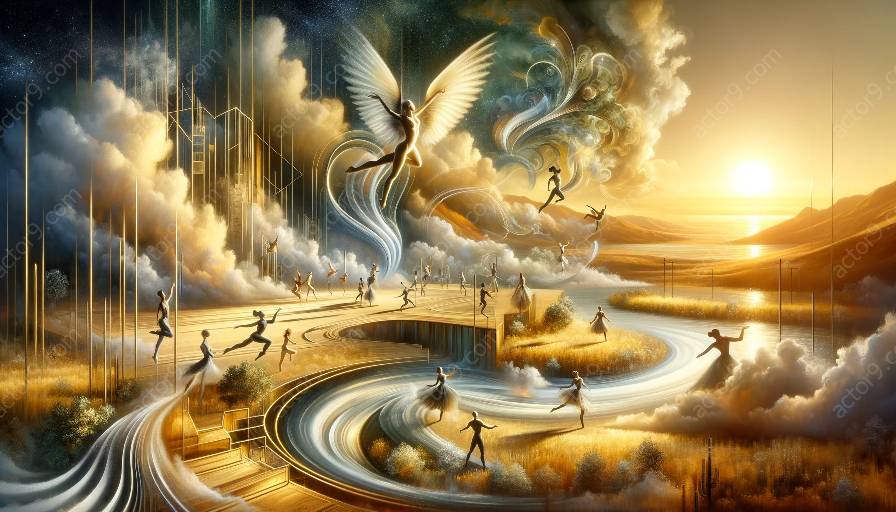Physical theatre training plays a crucial role in enhancing the expression and performance of circus artists by blending the elements of physicality, storytelling, and movement. This comprehensive topic cluster will delve into the intersection of physical theatre and circus arts, exploring the impact of physical theatre training on the expression of circus performers.
Understanding Physical Theatre
Physical theatre, also known as visual theatre, is a performance style that emphasizes the use of physical actions, movements, and expressions to convey a narrative without relying heavily on dialogue. It combines elements of dance, mime, and acting to create powerful storytelling through the body's movement and expression. In the context of circus arts, physical theatre serves as a bridge that connects the acrobatic and aerial skills of circus performers with the art of dramatic expression.
Intersection of Physical Theatre and Circus Arts
The intersection of physical theatre and circus arts represents a dynamic fusion of disciplines that enriches the creative expression and performance capabilities of circus artists. Circus performers who integrate physical theatre techniques into their practice are able to elevate their acts beyond mere physical feats, infusing them with emotional depth, character development, and thematic coherence.
Enhanced Expression through Physical Theatre Training
Physical theatre training introduces circus performers to a diverse range of expressive tools and techniques that enable them to embody characters, convey emotions, and establish connections with audiences through movement and gesture. By incorporating elements of physical theatre into their training regimen, circus performers cultivate a heightened awareness of their physicality, enabling them to communicate narratives and evoke visceral responses through their performances.
Exploring Non-Verbal Communication
One of the profound impacts of physical theatre training on circus performers is the refinement of non-verbal communication skills. Through physical theatre, circus artists learn to harness the power of body language, facial expressions, and gestural nuances to communicate complex ideas, emotions, and narratives without relying on spoken words. This non-verbal fluency enhances their ability to engage and connect with audiences on a deeper, more profound level.
Embracing Character Development
Physical theatre techniques empower circus performers to delve into the realm of character development, allowing them to embody diverse personas and personas, explore motivations, and express intricate psychological states through movement and physical expression. This multidimensional approach to performance not only enriches the artistic quality of circus acts but also adds layers of depth and authenticity to the characters portrayed by performers.
Embodiment of Themes and Concepts
Physical theatre training equips circus performers with the tools to embody abstract concepts, thematic motifs, and symbolic narratives through their physical performances. By merging the expressive potential of physical theatre with the gravity-defying skills of circus arts, performers can create evocative moments that resonate with profound meaning, imbuing their acts with symbolism, metaphor, and emotional resonance.
Conclusion
Physical theatre training has a transformative impact on the expression of circus performers, elevating their performances by infusing them with emotive depth, narrative coherence, and compelling characterizations. By embracing the intersection of physical theatre and circus arts, performers can harness the immersive power of physical expression to captivate audiences and create transcendent artistic experiences.




































